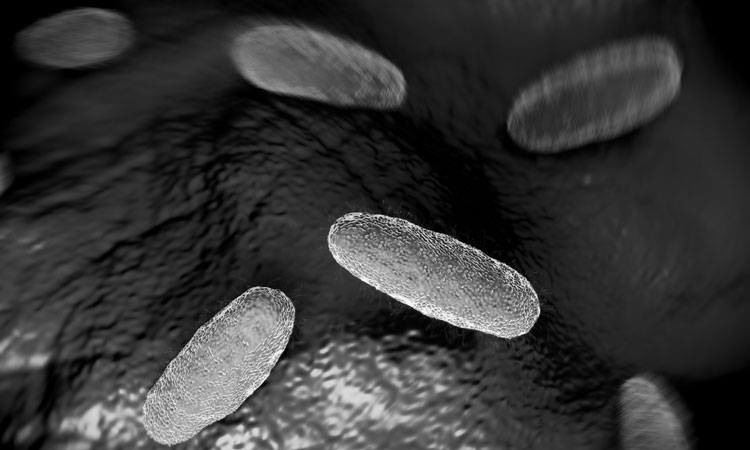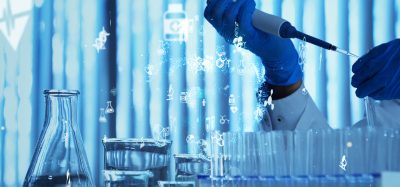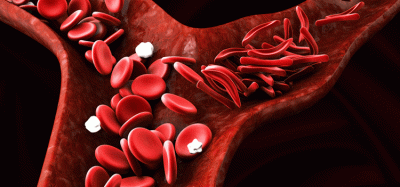Book mechanism identified as communication method for bacterial toxins
Posted: 25 February 2019 | Iqra Farooq (Drug Target Review) | No comments yet
Researchers have identified the mechanism by which highly toxic compounds communicate, and how they use vesicles to be transported…


Researchers have uncovered the unique method a certain bacteria uses to deliver toxins.
Scientists at Binghampton University, State University of New York, uncovered how the gram-negative bacterium communicates through transporting small molecules. The understanding of these mechanisms could help to design better methods of controlling and blocking these toxins.
Assistant Professor Xin Yong and graduate student Ao Li from the Department of Mechanical Engineering, along with Associate Professor Jeffrey W. Schertzer from the Department of Biological Sciences worked on the study.
Biomarkers aren’t just supporting drug discovery – they’re driving it
FREE market report
From smarter trials to faster insights, this report unpacks the science, strategy and real-world impact behind the next generation of precision therapies.
What you’ll unlock:
- How biomarkers are guiding dose selection and early efficacy decisions in complex trials
- Why multi-omics, liquid biopsy and digital tools are redefining the discovery process
- What makes lab data regulatory-ready and why alignment matters from day one
Explore how biomarkers are shaping early drug development
Access the full report – it’s free!
The research team mentioned how the communication molecules stimulate the production of outer membrane vesicles, and how these ‘packages’ that contain highly concentrated toxins, bud off from the surface of the bacterium. The researchers wanted to work on a model to understand more about how the communication molecule inserts itself into the membrane of bacteria to physically stimulate the production of the toxin delivery vesicles.
“It’s hard to see the molecular detail at that level,” explained Prof Schertzer. “But with Dr Yong’s expertise, we were able to build a computational model that helped us understand what actually goes on between individual molecules.”
The model allowed the team to identify details of the molecule, and understand its reaction with the membrane.
“Our most important finding is that the communication molecule needs to enter the membrane in a very specific way,” said Prof Schertzer. “It folds itself like a book, then will expand once it has entered the membrane.”
“Gram-negative bacteria likely all have similar types of communication molecules. We focused on the PQS [Pseudomonas Quinolone Signal] molecule of Pseudomonas aeruginosa because it was the first discovered and is the best studied,” said Dr Yong. “Other Gram-negative species, such as E. coli, may be transferring their own communication molecules in a similar way.”
“This study was a testament to how beneficial interdisciplinary work can be,” said Prof Schertzer. “We had reached a limit with what could be done experimentally and needed Dr Yong’s model to develop a rationale for how the molecule was interacting with the membrane. Most importantly, this work has generated a wealth of new questions that we are now continuing to investigate.”
The study was published in the Journal of Biological Chemistry.
Related topics
Antibiotics, Disease Research, Drug Discovery, Drug Targets, Research & Development, Therapeutics
Related conditions
bacterial infection
Related organisations
Binghampton University
Related people
Ao Li, Jeffrey W. Schertzer, Xin Yong








